
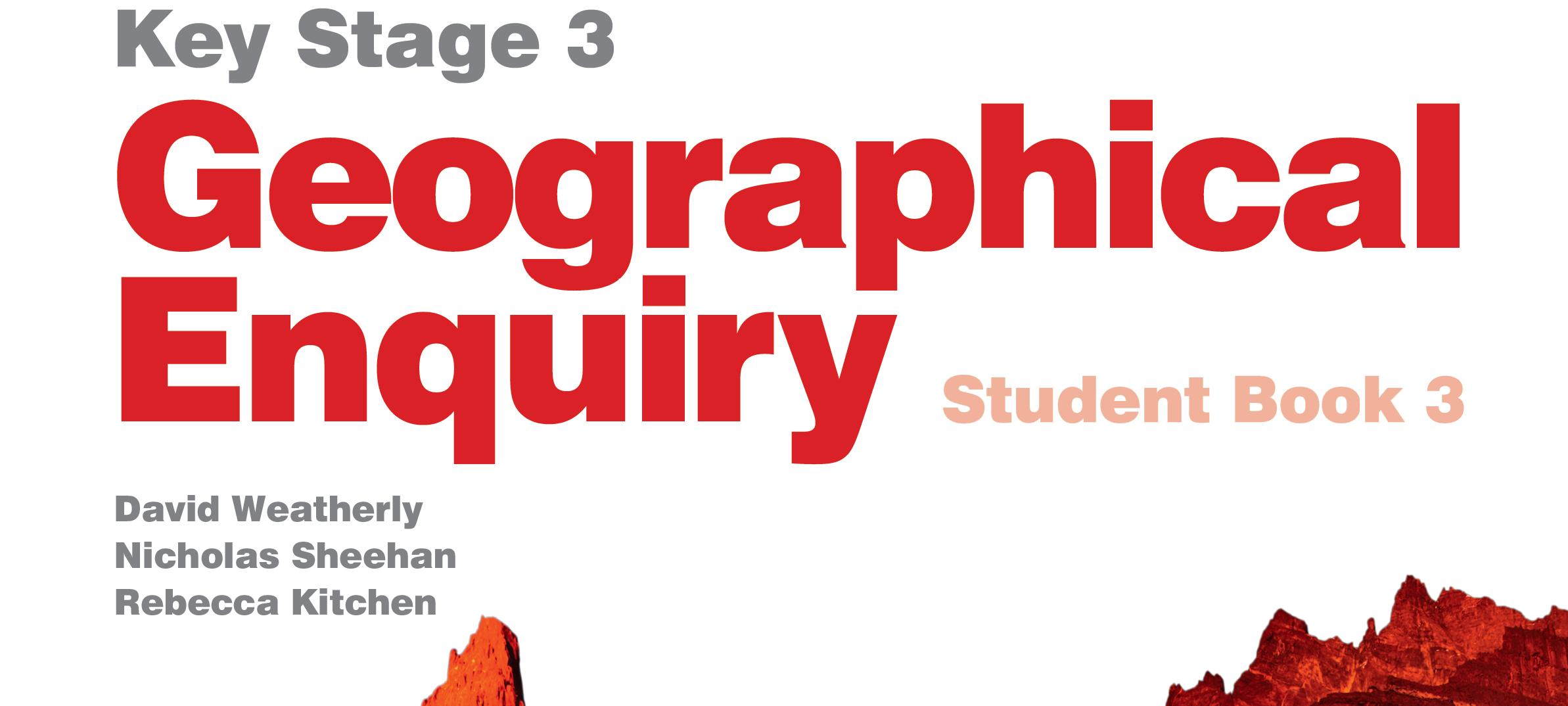
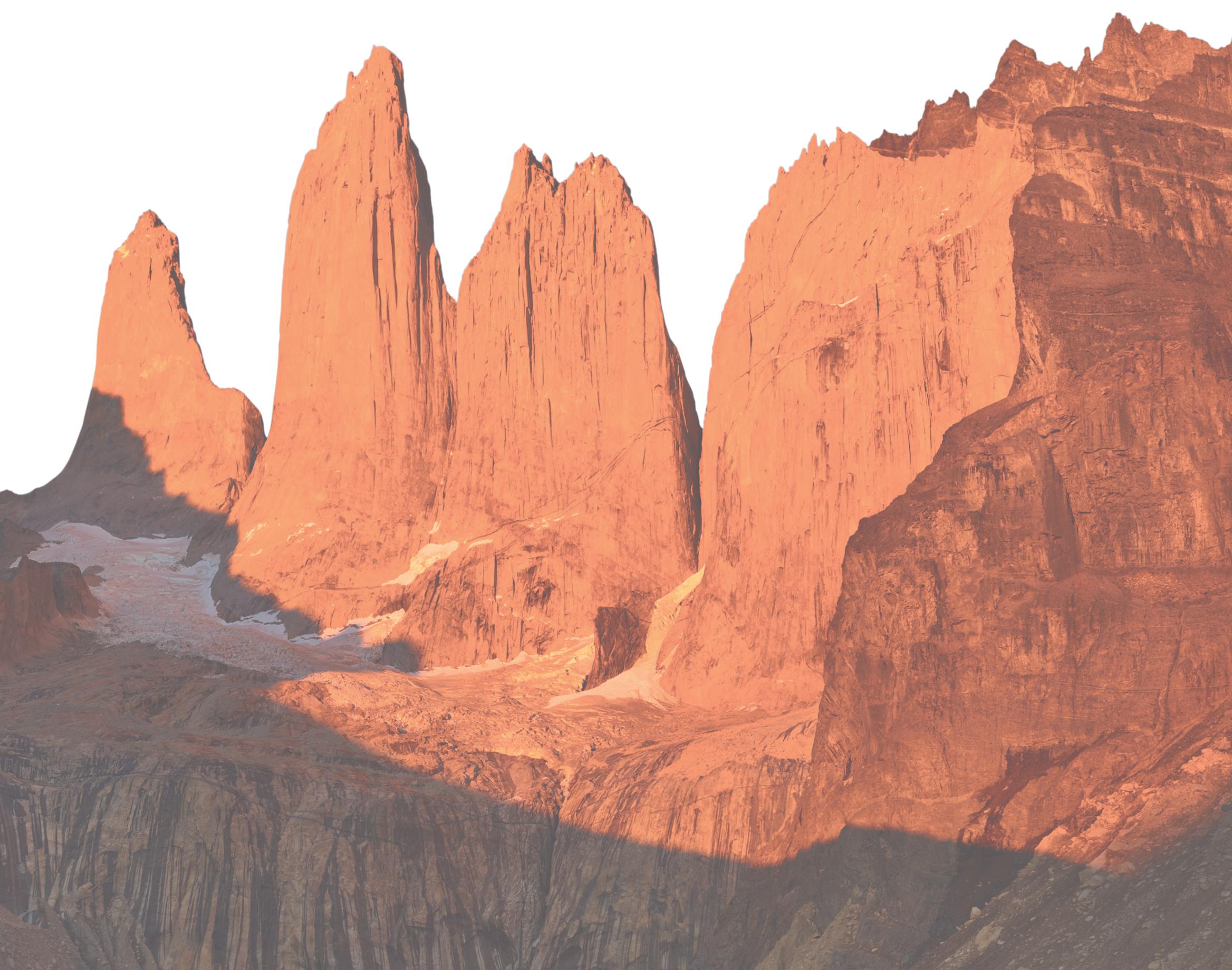
William Collins’ dream of knowledge for all began with the publication of his first book in 1819. A self-educated mill worker, he not only enriched millions of lives, but also founded a flourishing publishing house. Today, staying true to this spirit, Collins books are packed with inspiration, innovation and practical expertise. They place you at the centre of a world of possibility and give you exactly what you need to explore it.
Collins. Freedom to teach
Published by Collins
An imprint of HarperCollinsPublishers Ltd
Westerhill Road
Bishopbriggs
Glasgow G64 2QT www.harpercollins.co.uk
Collins® is a registered trademark of HarperCollinsPublishers Ltd
Browse the complete Collins catalogue at www.collinseducation.com
First edition 2015
© HarperCollinsPublishers Limited 2015
Maps © Collins Bartholomew Ltd 2015
10 9 8 7 6 5 4 3 2
ISBN 978-0-00-741118-4
David Weatherly, Nicholas Sheehan and Rebecca Kitchen assert their moral rights to be identified as the authors of this work
All rights reserved. No part of this publication may be reproduced, stored in a retrieval system, or transmitted, in any form or by any means, electronic, mechanical, photocopying, recording or otherwise without the prior permission in writing of the publisher and copyright owners.
The contents of this publication are believed correct at the time of printing. Nevertheless the publisher can accept no responsibility for errors or omissions, changes in the detail given or for any expense or loss thereby caused.
HarperCollins does not warrant that any website mentioned in this title will be provided uninterrupted, that any website will be error free, that defects will be corrected, or that the website or the server that makes it available are free of viruses or bugs. For full terms and conditions please refer to the site terms provided on the website.
A catalogue record for this book is available from the British Library
Typeset, designed, edited and proofread by Palimpsest Book Production Ltd, Falkirk, Stirlingshire Cover designs by Angela English
Printed and bound by CPI Group (UK) Ltd, Croydon CR0 4YY
The mapping in this publication is generated from Collins Bartholomew digital databases. Collins Bartholomew, the UK’s leading independent geographical information supplier, can provide a digital, custom, and premium mapping service to a variety of markets.
For further information:
Tel: +44 (0) 208 307 4593 e-mail: collinsbartholomew@harpercollins.co.uk
Visit our websites at: www.collins.co.uk or www.collinsbartholomew.com
If you would like to comment on any aspect of this book, please contact us at the above address or online. e-mail: collinsmaps@harpercollins.co.uk
4 About this book
Space-age geography



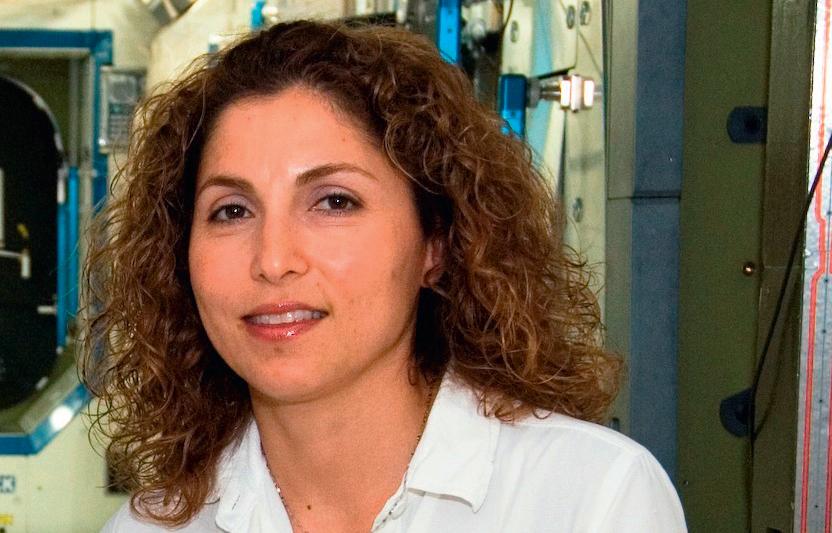
As we were putting the finishing touches to this third book of geographical enquiries, a remarkable thing happened. After ten years and half a billion miles of travel, the lander module Philae – a child of the European Space Agency – detached from its mother space probe orbiter, Rosetta, and touched down on comet 67P (Churyumov-Gerasimenko). Together they will complete the most detailed study of a comet ever attempted. Averaging just a few kilometres wide, with temperatures as low as –240°C, comets provide us with a glimpse of the origin of the solar system 4.5 billion years ago and might also give us clues as to how water came to be the driving force of life on Earth.

The World Tourism Organization defines tourists as people ’traveling to and staying in places outside their usual environment for not more than one consecutive year for leisure, business and other purposes’. Meet two very special tourists – Dennis Tito and Anousheh Ansari.
They may not be instantly recognisable but they are famous nevertheless. Tourism can be both domestic (occurring within the country a person lives) or international. Since 2002, it has also become galactic. Dennis and Anousheh were the first male and female space tourists, both enjoying a fortnight or so on the International Space Station at a cost of US$30 million each (breakfast included).

Geographers study tourism and tourists for various reasons: not only does tourism epitomise the relationship between people and their environments (which is, of course, what geography is all about), today it is also a crucial source of income for many countries. Consequently, it is vitally important to hundreds of millions of people. Worldwide, over US$1 trillion a year is generated from tourism. In 2012, China became the largest spender in international tourism in the world, spending US$102 billion and surpassing both Germany and the United States of America. Tourism is one of the top five export categories for as many as 83% of the world’s countries and is a main source of foreign exchange earnings for at least 38% of all nations.
But where does space tourism leave the subject of geography which, originating from the Greek, is defined as ‘earth description’ or ‘to describe and write about the earth’. Is geography just the study of the earth then? Does this mean that we will have to invent a new subject focusing on people – and the social, economic and environmental patterns and processes they create – in space? No, of course not. At its heart, geography is the study of the interrelationship of people with their environments, wherever they are.
One of the enquiries we have written in this book does in fact have a space-age theme and investigates how a relatively poor country with millions of people struggling with the daily grind of poverty can justify the expense of a space programme. The challenge of desertification is the focus of another investigation, which makes a thoughtprovoking geographical link between a drought stricken community in southern Africa and the activities of a group

of people working in one of the wettest places in Western Europe. Geographers have always loved to identify different regions or areas of the world to study and the term ‘Middle East’ will be familiar to you. Exploring the different ways in which people have gone about defining exactly what the Middle East is provides another intriguing enquiry.
Almost every square centimetre of the land surface of the earth belongs to one country or another but what about the world’s oceans? Have you ever paused to think about who owns them – they do, after all, represent nearly threequarters of our planet. Have you ever considered where all the flotsam and jetsam that washes up on our shorelines comes from? If you haven’t then now’s your chance. The oceans are under threat from many sources, so you have the opportunity to investigate these and consider whether our use of the oceans is sustainable.
Endeavouring to achieve sustainable development which improves the quality of people’s lives without compromising the integrity of the environment upon which we all depend is the holy grail of the twenty-first century. A southeast Asian island is the context for investigating how feasible this actually is. Finally, we invite you to explore the world of ‘fog catchers’ in a South American location and to evaluate the development work of those seeking to transform through irrigation some of the most arid places in the world.
It’s worth reflecting that 100 years ago air travel of any kind for leisure, let alone journeys to space, was unheard of. Of course, change may not always mean progress, but one thing is for certain – thankfully, geographers such as you will always be around to make sense of it all.
David Weatherly | Nicholas Sheehan | Rebecca KitchenWher e in the world will your enquiries take you?
United States of America
Malaysia Indonesia
Borneo
Peru
India
United Kingdom
Kazakhstan
Uzbekistan
Sub-Saharan Africa
Zambi a
Saudi Arabia
As you will learn through this enquiry the Middle East is a region which is interpreted in many ways. The map below shows one of these interpretations. jj
‘Middle’ – of what? ‘East’ – of where?
Is the Middle East a region?
If you turn on the radio or watch the news on television there is one region of the world which often appears to be centre stage – the Middle East. To some, the dominant image projected of the region is one of conflict but it should be remembered that the Middle East is also the centre of many of the world’s religions and, throughout its history, has been an important cultural, political, economic and strategic centre.

As our world becomes more globalised and interconnected, so events in other, perhaps fairly distant, places have more and more impact on how we live our lives. The Middle East region is likely to have a large and growing impact on our lives, yet how much do we really know about it? Why is it called the ‘Middle East’? What is it like there and can we actually call it a ‘region’ in the first place?


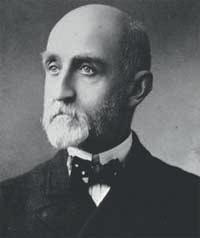
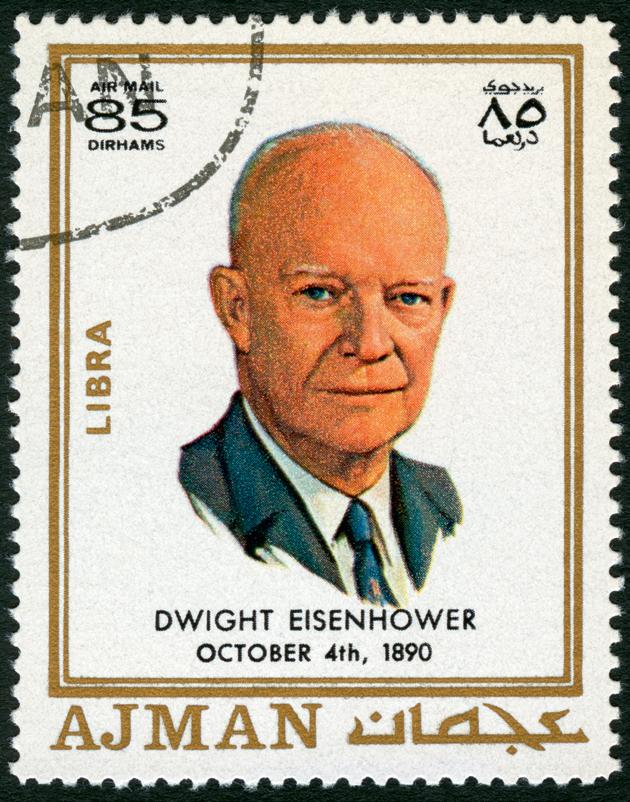
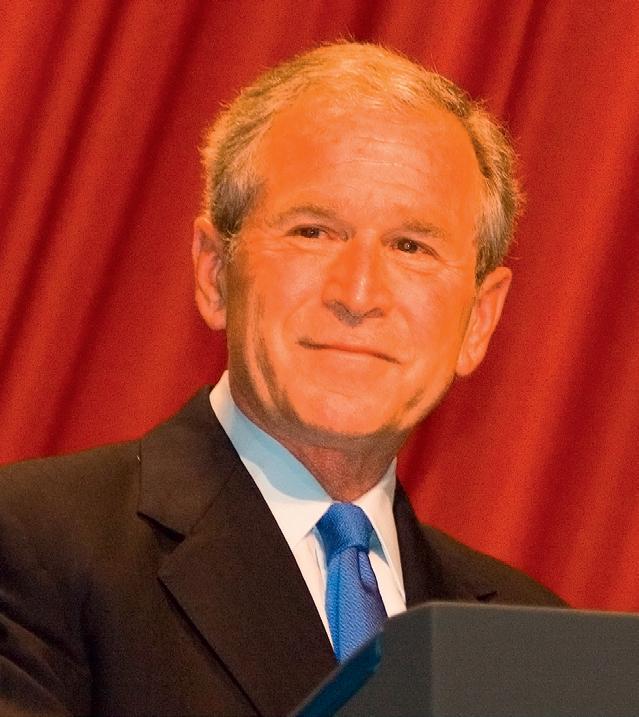
The ‘Middle East’ is an interesting term to use to define the region, not least because the majority of people living there do not use it! The term is thought to have originated in the 1850s with the British who had colonised the region, but was made popular by American Alfred Thayer Mahan in 1902. The first time the United States of America used the term officially was in 1957 in a speech by President Eisenhower. However, because the term was coined by those in ‘the west’, i.e. Britain and America, it has been criticised for simply lumping countries together and only distinguishing them by how far they are away from Europe.
What makes the definition of the ‘Middle East’ even more perplexing is that it overlaps with the ‘Near East’ – a term which has largely gone out of use, but which was originally the maximum extent of the Ottoman Empire. Indeed, in 1958, the US government declared that the terms ‘Near’ and ‘Middle’ East were interchangeable.
The terms ‘Near’ and ‘Middle’ East make little sense on their own, but combining them with the term ‘Far East’, which describes East Asia, Southeast Asia and Siberia, makes the regional jigsaw a little clearer. However, the term ‘Far East’ is equally problematic as Robert Menzies the Prime Minister of Australia highlighted in 1939: ‘The problems of the Pacific are different. What Great Britain calls the Far East is to us the near north.’
A discussion of the definition of the Middle East wouldn’t be complete without an acknowledgement that the terminology that we use to define it has shifted a little in recent years. The term ‘Greater Middle East’ was first used by President George W. Bush in 2004 to describe countries with a Muslim majority, such as Iran, Turkey, Afghanistan and Pakistan. Sometimes referred to as the ‘New Middle East’, the term was used at the G8 summit in 2004 and introduced as part of plans to change the way in which the ‘West’ dealt with the ‘Middle East’.
Have a go at the learning activity on page 8 of the Teacher Book called ‘Labelling places’. It will help you to understand why different places are called different things depending on who is doing the labelling. On the blank world map on page 9 of the Teacher Book, locate the places mentioned on the sheet and annotate it to explain why they are called different things. Can you find any other places that have disputed or different names? Locate and annotate these on your map. Present day Australia is a good example of a place whose name has changed over time.
Why do you think it was called this? Consolidating
• Why do you think that many people in the Middle East don’t use this term to describe the region in which they live?
• Have a look at the 1644 map of Australia. What was Australia called at this time?

